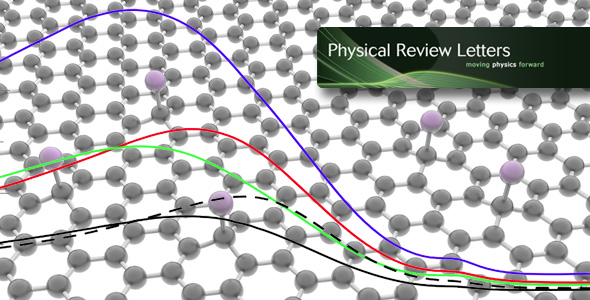Thursday, 10 March 2016
Spin manipulation in graphene by chemically-induced sublattice pseudospin polarization
Spin manipulation is one of the most critical challenges to realize spin-based logic devices and spintronic circuits. ICN2 researchers Dinh Van Tuan and ICREA Research Professor Stephan Roche, from the Theoretical and Computational Nanoscience group reveal that certain impurities such as fluorine ad-atoms could result in a remarkable variability of spin transport characteristics in graphene, as published recently in Physical Review Letters.

Spin manipulation is one of the most critical challenges to realize spin-based logic devices and spintronic circuits. Graphene has been heralded as an ideal material to achieve spin manipulation but so far new paradigms and demonstrators are limited. ICN2 researchers Dinh Van Tuan and Stephan Roche, from the Theoretical and Computational Nanoscience group show that certain impurities such as fluorine ad-atoms, which locally break sublattice symmetry without the formation of strong magnetic moments, could result in a remarkable variability of spin transport characteristics.
Recently, a novel spin relaxation mechanism in non-magnetic graphene samples connected to the unique spin-pseudospin entanglement occurring near the Dirac point was predicted by ICN2 researchers. Such a finding could pave the way towards the control of the spin degree of freedom modifying the pseudospin or vice versa, opening unprecedented approaches for the emergence of non-charge-based information processing and computing, resulting in a new generation of active (CMOS compatible) spintronic devices together with non-volatile low energy MRAM memories.
A recent paper in Physical Review Letters allows revisiting current experimental controversies and brings an enabling building block for graphene spintronics. A chemical functionalization of graphene with certain types of ad-atoms such as fluorine, by breaking the sublattice symmetry and by inducing a SOC without the formation of strong magnetic moment, is shown to provide an innovative technique to monitor spin transport properties in a remarkable way for spintronic applications.
This theoretical work was achieved by the Theoretical and Computational Nanoscience Group of ICN2, headed by ICREA Research Prof. Stephan Roche.
Article reference:
Dinh Van Tuan and Stephan Roche
Phys. Rev. Lett. 116, 106601 (2016)
http://journals.aps.org/prl/abstract/10.1103/PhysRevLett.116.106601

